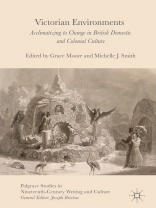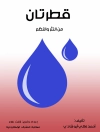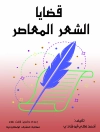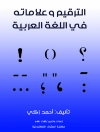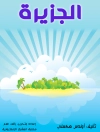This collection will draw attention to new ideas in both Victorian studies and in the emerging area of literature and the environment. Adopting a broad interpretation of the term ‘environment’ the work aims to draw together new approaches to Victorian texts and cultures that conceptualise and are influenced by environments ranging from rural to urban, British to Antipodean, and from the terrestrial to the aquatic.With the pressures of industrialism and the clustering of workers in urban centres, the Victorians were acutely aware that their environment was changing. Torn between nostalgia for a countryside that was in jeopardy and exhilaration at the rapidity with which their surroundings altered, the literature and culture produced by the Victorians reflects a world undergoing radical change. Colonization and assisted emigration schemes expanded the scope of the environment still further, pushing the boundaries of the ‘home’ on an unprecedented scale and introducing strange new worlds. These untamed physical environments enabled new freedoms, but also posed challenges that invited attempts to control, taxonomize and harness the natural world. Victorian Environments draws together leading and emerging international scholars for an examination of how various kinds of environments were constructed, redefined, and transformed, in British and colonial texts and cultures, with particular attention to the relationship between Australia and Britain.
Tabela de Conteúdo
1. Introduction: Grace Moore & Michelle J. Smith.- 2. “The Environmentally Modified Self: Acclimatization and Identity in Early Victorian Literature”: Roslyn Jolly.- 3. “Rabbits and the Rise of Australian Nativism”: Alexis Harley.- 4. “’Our Antipodes:’ Settler Colonial Environments in Victorian Travel Writing”: Anna Johnston.- 5. “Ubiquitous Theft: The Consumption of London in Mayhew’s Underworld”: Lesa Scholl.- 6. “’Mountains might be marked by a drop of glue:’ Blindness, Touch and the Tangible Map”: Vanessa Warne.- 7. “Exhuming the City: London’s Victorian Cemeteries and the Afterlife”: Haewon Hwang.- 8. “Speculative Viewing: Victorians’ Encounters with Coral Reefs”: Kathleen Davidson.- 9. “The Nature of Female Beauty: Floriography and Sensation Fiction”: Kirby-Jane Hallum.- 10. “Neptune’s Daughters: Women and Australian Marine Visual Culture”: Molly Duggins.- 11. “Inorganic Bodies Longing to Become Organic: Revolutionary Appetite in Thomas Carlyle’s The French Revolution”: Hayley Rudkin.- 12. “‘Yet Was It Human?’ Bankim, Hunter and the Victorian Famine Ideology of Anandamath”: Pablo Mukherjee.- 13. “Adulteration in Jude the Obscure”: Tim Dolin.
Sobre o autor
Grace Moore is a Senior Research Fellow at the Australian Research Council’s Centre for Excellence in the History of Emotions at the University of Melbourne, Australia, where she is also a Senior Lecturer in Victorian studies. Her monograph, Dickens and Empire was shortlisted for the NSW Premier’s Award for Literary Scholarship in 2006. She is the author of The Victorian Novel in Context (2012), and several edited collections.
Michelle J. Smith is a Senior Lecturer in Literary Studies at Monash University, Australia. Her monograph Empire in British Girls’ Literature and Culture: Imperial Girls, 1880–1915 (Palgrave, 2011) won the European Society for the Study of English’s Book Award for Junior Scholars in 2012. With Kristine Moruzi and Clare Bradford, she is the author of From Colonial to Modern: Transnational Girlhood in Canadian, Australian, and New Zealand Children’s Literature (1840-1940) (2018). She is currently working on astudy of female beauty in Victorian literature and periodicals.
